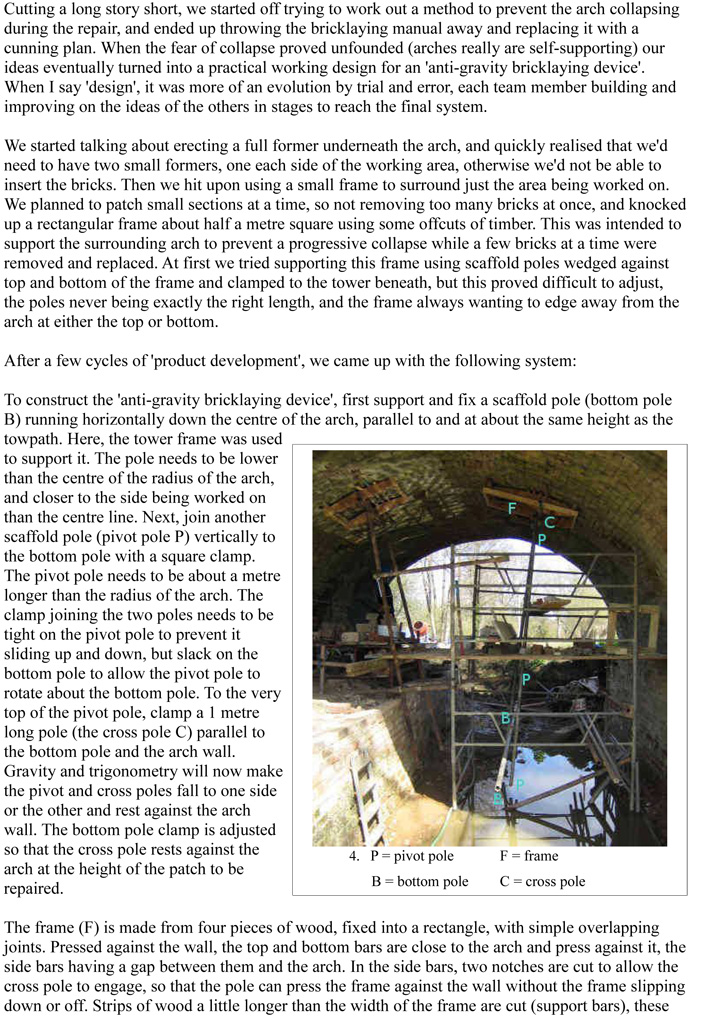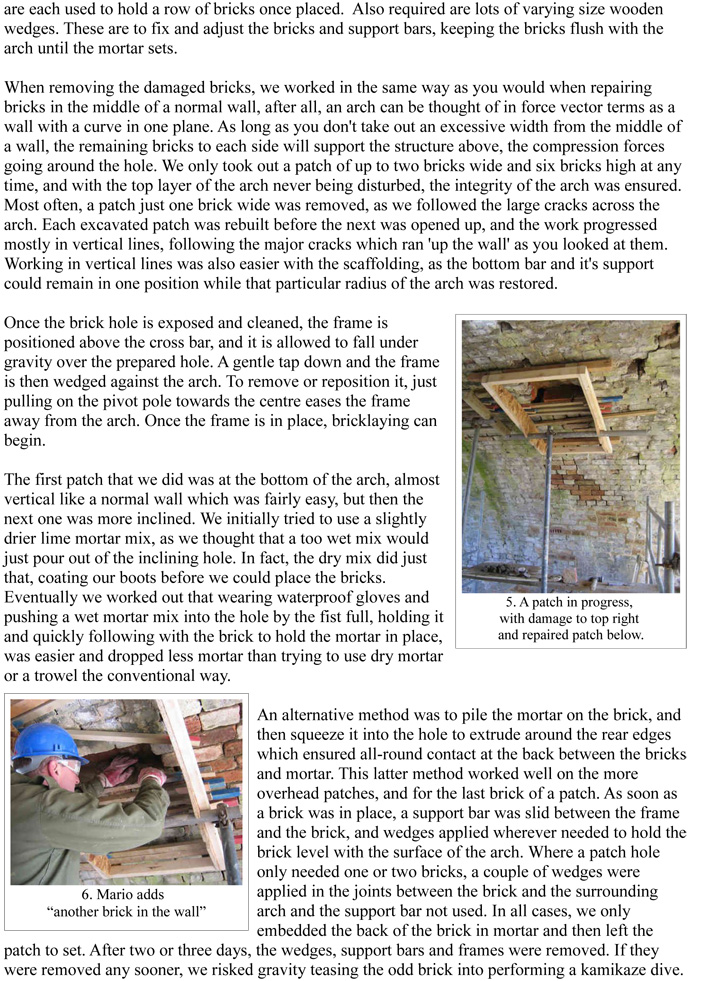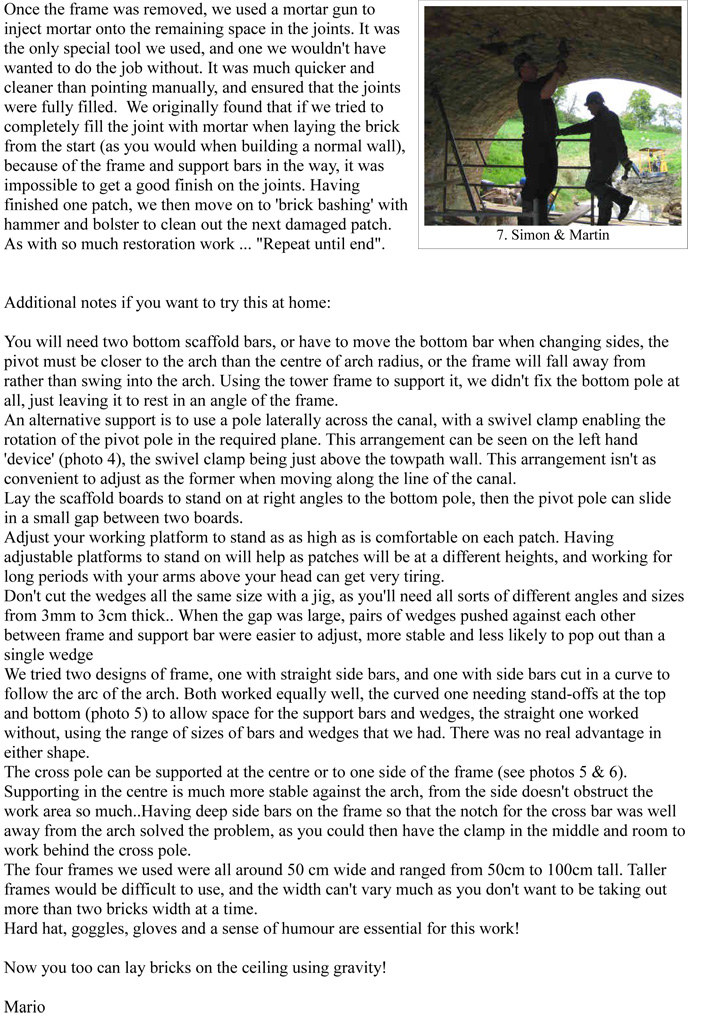A Short History of Canal
Restoration
The most important thing, when restoring a canal,
is to have a good time. The work you are offering would not
attract candidates if you paid them ten pounds an hour; and you
have nothing.
But first find your canal. Often the only
visible remain is the boundary hedge. To the untrained eye it
is merely the side of a field. But a slight dip fifteen yards
out, and a little rise three yards before the hedge confirm this
was once a canal, now filled and grassed over. Much better than
this are two canal hedges grown together in a formidable barrier
of thorn, blackberry and wild rose. You have found your canal;
now all you need is an owner with a liking for eccentrics, even
perhaps a tolerance for the occasional lunatic.
Early morning, the light still grey, your team
assembles, doubts never far from the surface. Give them a
bonfire. Concentrate on the fire. Small sticks, dry sticks, a
spiral of smoke, more dry sticks, slightly bigger sticks; an
hour passes and you have something to consume whole branches.
The fire demands more; the saws saw, the slashers slash. The
fire grows, flames and smoke leap to the sky. Before you notice
the morning has gone and a surprising area has been cleared. A
dozen Sundays and you will be quite impressed with your own
piece of canal.
The cleared canal needs digging out, funds must
be raised; raffles and quizzes, sponsored walks and boat rallies
on nearby rivers. Administration and negotiation; planning
permission and planning protection; engineering skills and
financial care are brought together. The once isolated group
clearing a few hundred yards of canal has spawned other groups.
One restored length becomes a dozen.
The Local Authority sits up. These people have
stamina. Dammit, some are professional. Two or three even
understand the planning process.
Around the polished table heads are bowed, paper
piled neatly. A neighbouring canal has won the lottery, twenty
five million pounds. Could we get some of that? You bet we
could. Twenty years after that first bonfire the Authorities
are committed. Ten more years pass and the major planning
issues are resolved, land is purchased and the big contracts are
let.
Machines roar, light dances on the underside of
new bridges and locks gleam in the sun.
Can the volunteer rest at last? Oh, but the
grass needs trimming here and the nettles threaten the cycle
path there. Benches would be nice for old legs and maybe the
political situation is not quite secure. More members will
demonstrate the demand, and nothing, you know, quite matches the
clearing gangs giving up their weekends in rain and wind.
Come on lads, just one more push.
Colin Fletcher
Back to
top




